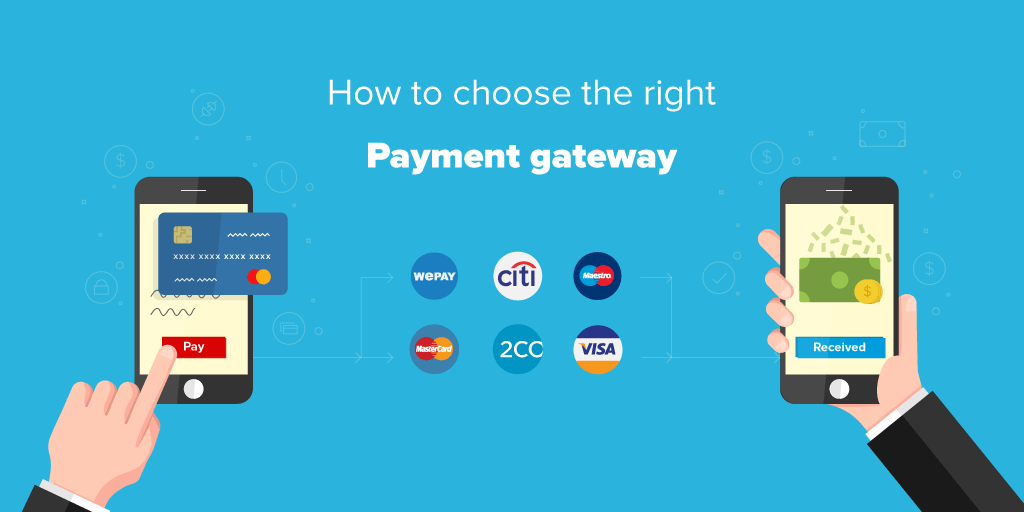The payment gateway is an integral component of the payment aggregator. Through payment gateways, websites and apps transmit their customers’ sensitive financial information to processors. In contrast, by consolidating several merchant accounts into one, a payment aggregator streamlines the payment processing process for businesses, eliminating the need for individual installations.
While both facilitate online purchases, they differ in meaningful ways. They will try to determine the difference between payment aggregator and payment gateway using some parameters.
How Does a Payment Gateway Work?
For businesses to accept customer payments, a piece of technology known as a payment gateway is needed. This gateway connects the merchant with a bank. Businesses across several industries rely on payment gateways to facilitate online transactions.
Your payment gateway encrypts the customer’s credit card information before sending it from their bank to yours.A few instances of payment gateways are Mastercard Payment Gateways (MPGS), HDFC Bank, ICICI Bank, and other banks.
Why Would You Need A Payment Aggregator?
Companies may take advantage of payment aggregators’ end-to-end payment services, which include data collecting, payment and refund management, and processing.
If your online store accepts different payment methods, including UPI, net banking, and credit/debit cards, you are part of a payment aggregator. It verifies and processes payments automatically upon receipt.
The Payments Infrastructure: A Comprehensive Overview
If you want to get to the bottom of the payment gateway vs. payment aggregator issue, this payment infrastructure diagram might help. They will examine the processes and features offered by payment aggregators and gateways and how to integrate a merchant to accept payments. Every company has to connect with at least one payment aggregator, if not more. By implementing a multi-payment aggregator agreement, a firm may reduce expenditures, decrease downtime, and provide customers with many payment methods.
Swift Installation
Most payment aggregators have a straightforward setup process that businesses may employ to start accepting payments online immediately.
Uncomplicated Integration
In most cases, integrating a payment aggregator is easy to use and requires little technical knowledge. Because this connectivity is so easy to use, businesses can save time and money.
Lessened Pressure For Compliance
By taking care of a plethora of compliance and regulatory obligations, payment aggregators simplify the process for businesses. It might be a lifesaver for smaller stores that struggle with compliance procedures.
A Combination Of Merchant Accounts
Payment aggregators consolidate several businesses into one merchant account. This shared infrastructure may make it easier and cheaper for small and medium-sized businesses to begin taking online payments.
Multiple Payment Methods Are Available
Payment aggregators often use several online payment methods, including digital wallets, credit/debit cards, and more. This adaptability allows businesses to meet the needs of a more diverse range of customers.
Dashboard Integration
Many payment aggregators provide a unified platform where businesses can easily access analytics, transaction management, and other relevant data. It simplifies the entire payment handling process.
Managing Risks
Integrated risk management solutions are a common feature of payment aggregators, designed to help identify and reduce fraud. This additional layer of protection can reassure businesses that they are safe while accepting payments online.
Efficiency In Scaling
Payment aggregators often grow in tandem with the businesses they serve to meet the evolving needs of their clients.
